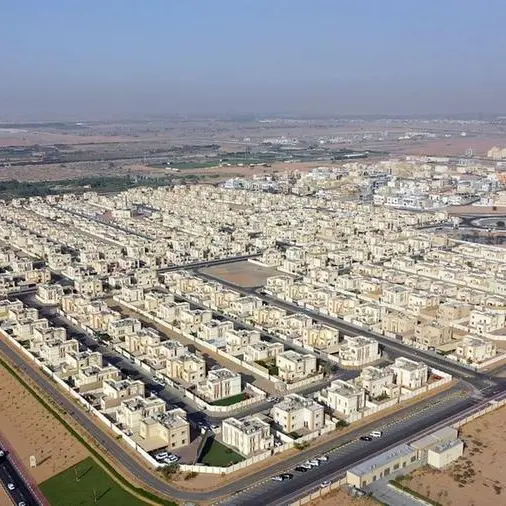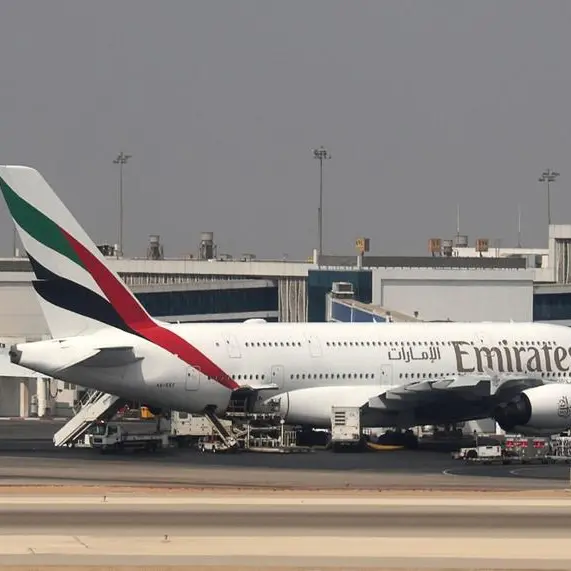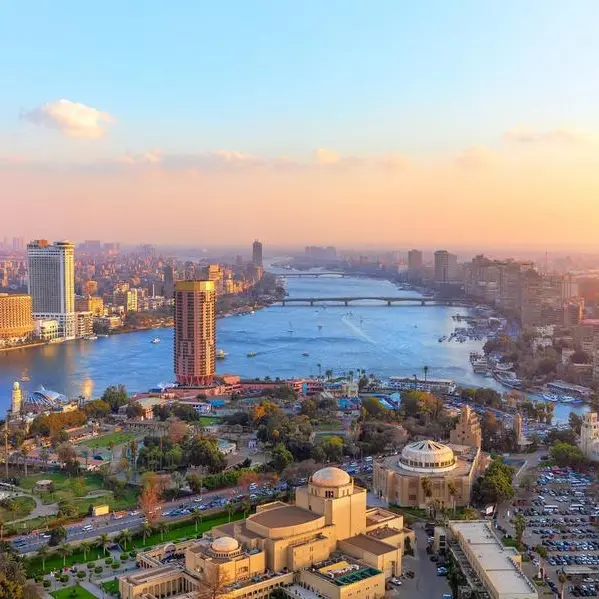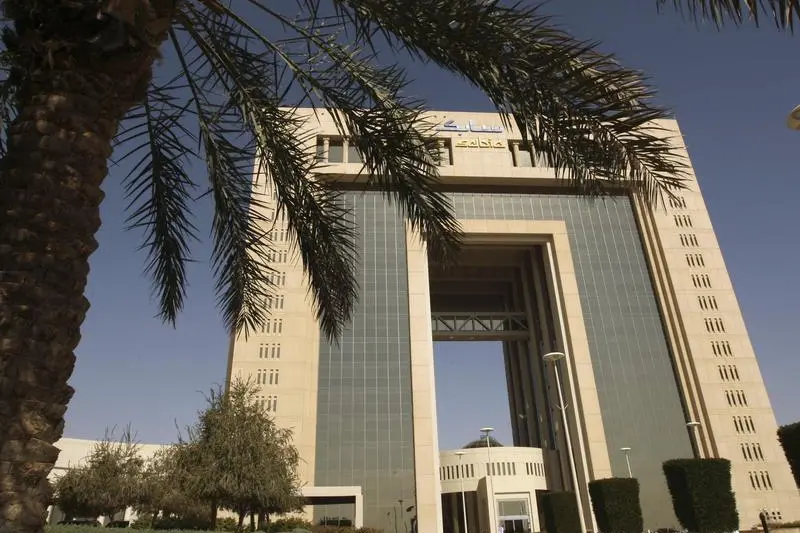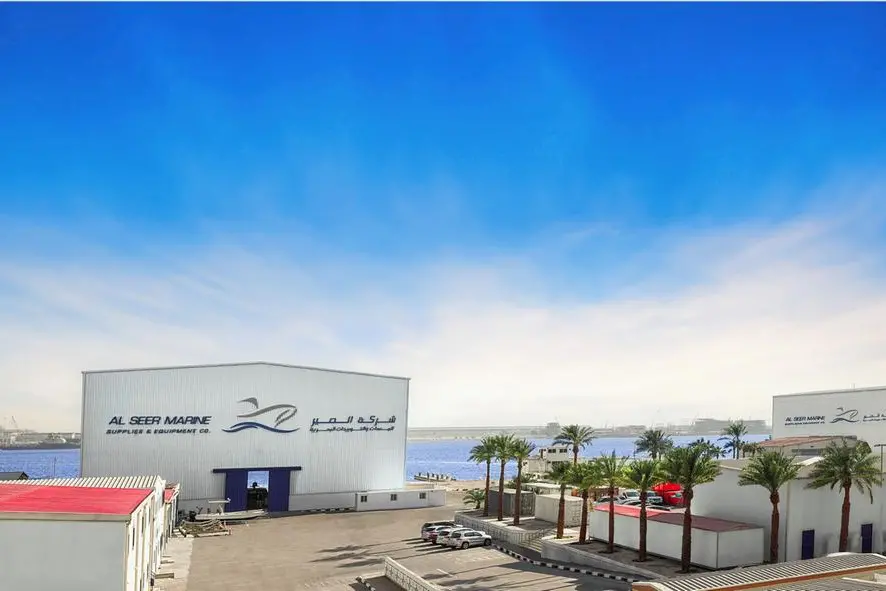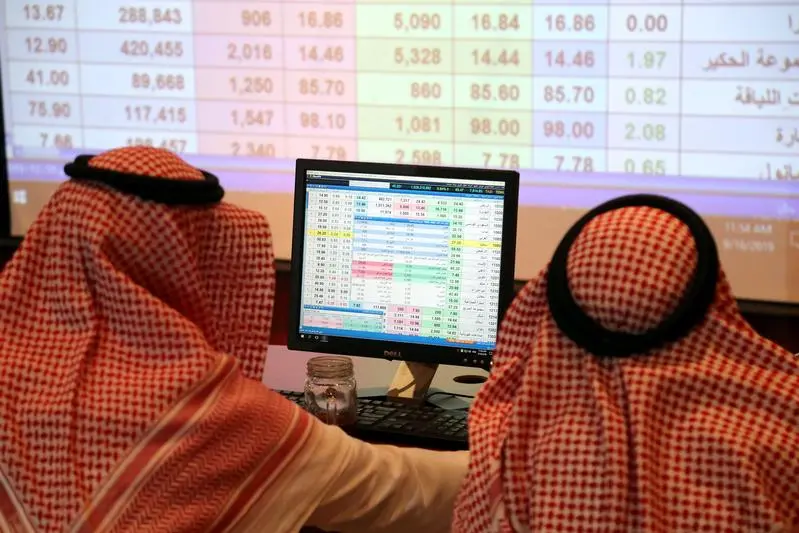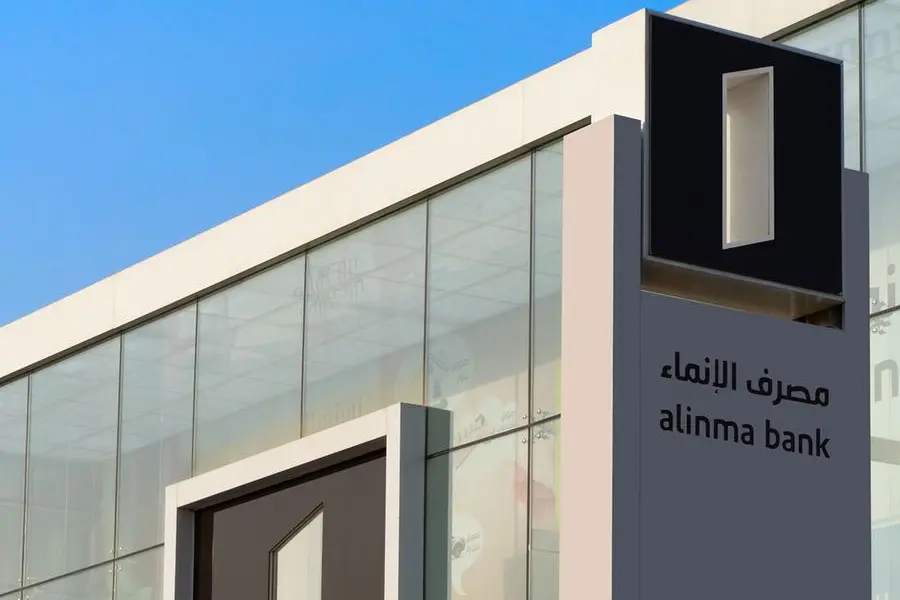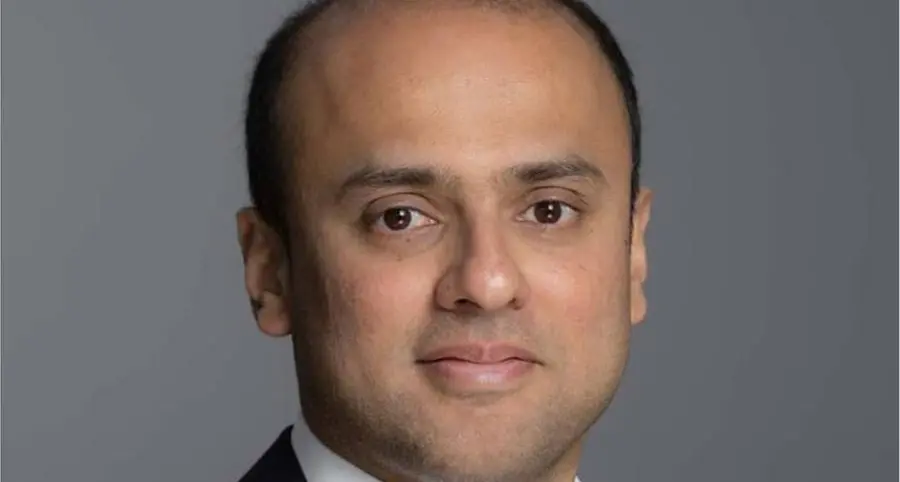By Andrea Shalal
WASHINGTON, Feb 21 (Reuters) - U.S. satellite imagery provider DigitalGlobe Inc
Jeffrey Tarr, chief executive officer of DigitalGlobe, said the deal would leverage DigitalGlobe's high-resolution satellites, ground infrastructure and processing power to help market and expand the accuracy of imagery to be collected by the new, small satellites.
"Small sat imagery alone is of limited valued, but when you combine it with the high-resolution, high-accuracy imagery that DigitalGlobe satellites uniquely offer, we're able to unlock the potential of the technology," Tarr told Reuters.
The deal is part of DigitalGlobe's drive to expand its base of government and industry customers around the globe, but also gives Saudi Arabia a stake in the expanding market for remote sensing and satellite technology.
A joint statement on the agreement said state-backed King Abdulaziz City for Science and Technology, or KACST, would build, integrate and launch six or more small satellites that will be able to collect imagery with a resolution of 80 cm.
That will complement the 30-cm high-resolution imagery that DigitalGlobe offers with its four existing satellites. It is due to launch its next-generation Worldview-4 satellite in mid-2016.
KACST will own 50 percent of the imaging capacity within Saudi Arabia and the surrounding region, while DigitalGlobe will have the rights to the other 50 percent of that capacity, and 100 percent of the capacity outside that region, it said.
TAQNIA Space Co, a subsidiary of the Saudi Technology Investment and Development Co, will be responsible for marketing the 50 percent capacity within the Middle East region, while DigitalGlobe will market the remaining half, and 100 percent of the capacity outside the region, according to the statement.
The small satellites, due to be launched in late 2018 or early 2019, will complement the next-generation satellites DigitalGlobe is developing to replace its Worldview-1 and Worldview-2 satellites, by the end of 2020, Tarr said.
Once operating, the small satellites would be able to identify changes in critical areas of the Earth since they pass them more frequently, allowing DigitalGlobe to cue its higher-end satellites to zoom in and capture more details.
At the same time, the smaller satellites could be used to more frequently monitor areas of interest identified by the higher-resolution satellites, Tarr said.
(Reporting by Andrea Shalal; Editing by Peter Cooney) ((Andrea.shalal@thomsonreuters.com; 202-321-7839; Reuters Messaging: andrea.shalal.thomsonreuters.com@reuters.net))
Keywords: DIGITALGLOBE SAUDI/VENTURE
